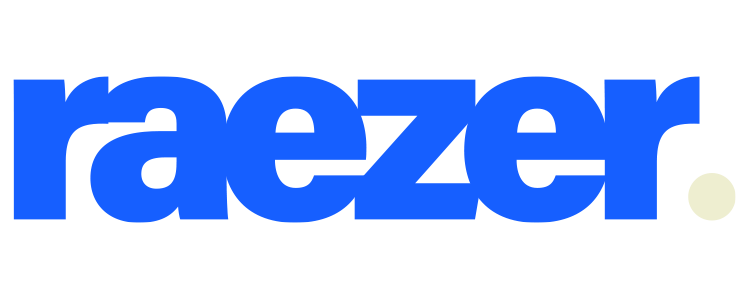Stay Interviews: Part 2
In part one of the stay interview blog we discussed what exactly stay interviews are, their purpose, and their effectiveness. Part two focuses on when to conduct stay interviews, what to ask, and what to do after. Continue reading to learn more…
When should a stay interview be conduct?
There are several instances when it’s best to conduct stay interviews. The first is several months after a new employee has settled into their new role. This allows the employee to understand the ins and outs of their position along with the work environment giving them the ability to accurately reflect during the stay interview. New hires are the most sensitive to turnover. According to a survey by BambooHR, 31 percent of people have left a job within the first six months. Turnover is extremely alarming for employers who’s onboarding cost is high.
The second time to conduct stay interviews is when an employee becomes disengaged for an extended amount of time. This can be an indicator that they’re having difficulties performing their role or feeling unmotivated. Pinpointing the issue before it’s too late is valuable for both parties involved.
The third time to conduct stay interviews is annually. A lot can change within a year so it’s vital to communicate with employees to see what’s changed and how the workplace can be continuously improved. Keep in mind that stay interviews are only effective in environments where honesty and trust are encouraged. Without this, employees may not feel comfortable disclosing issues and concerns with managers during the stay interview.
Questions to ask during a stay interview:
1. Do you prefer working in a team or individually?
Every employee has a preference when it comes to work structure and this question gives you the ability to best cater to that preference.
2. Have you found a healthy work-life balance in your time with the company?
Work life balance can affect things such as productivity, engagement, and overall satisfaction within a role. Understanding what can be done to improve this balance benefits employees and the employer.
3. What part of your job would you cut out straight away if you could?
No one wants to dread coming into work every day. This question allows managers to detect trends of procedures or issues which need changed/resolved. Even minimizing the not-so-great parts of a job can make a difference in employee wellness.
4. What talents are not being used in your current role?
Understanding what skills employees are not using within their current roles gives insight into what they may look for in their next role. If possible, incorporate skills which they are passionate about into their current roles.
5. What can I do more of or less of as your manager?
Management significantly impacts the work experience for employees. Managers must be trusted by employees to get a truthful response to this question. They should also be professional enough to take in positive and negative responses they receive.
6. Do you feel you’re getting clear goals and objectives?
Receiving ‘yes’ responses to this question signals that management is being effective. ‘No’ responses signal that employee’s goals and objectives must be clarified and aligned to achieve company goals.
7. What would make your job more satisfying?
This question brings awareness to how individual employees want to be recognized for their accomplishments. Employees who are valued put out better work and have higher loyalty to the company versus employees who are undervalued and underappreciated.
8. Would you recommend our company to job-seeking friends? Why (not)?
Company culture and company brand are a big deal when it comes to retaining and attracting new talent. It is important to see how current employees feels about the company itself. This gives perspective to what the company can improve.
9. Do you have enough tools and resources to do your job properly? If not, what is missing?
To perform their job well, employees must be equipped with the necessary tools. This can be in terms of resources, technology, or support. Insight from this question can lead to innovation and increased productivity.
10. What do you look forward to most when you come to work every day?
These responses can vary widely but are still useful because they give an idea of what motivate the employees to come into work every day. Some employees may be particularly excited about a project or seeing colleagues.
Before concluding a stay interview, managers should summarize the employees’ feedback to avoid any misunderstandings. Once stay interviews are concluded management should look for patterns in responses. This feedback should be taken seriously and used to improve employee’s workplace conditions leading to higher satisfactions in their roles!
Lucy
RaezerConnect

